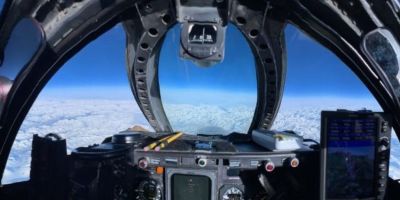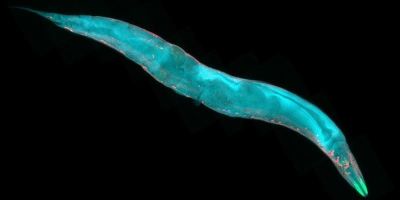Engineering Professor awarded prestigious Royal Society Challenge Grant

Pietro Valdastri, Professor and Chair of Robotics and Autonomous Systems in the School of Electronic and Electrical Engineering, has been awarded a Challenge Grant for 2016 by the Royal Society.
The Royal Society Challenge Grant, part of the Global Challenge Research Fund, was awarded to Professor Valdastri and collaborators for their proposed research project titled: Ultra-low-cost endoscopy for gastric cancer screening in Central America.
The research is built upon longstanding and robust professional research collaborations between Professor Valdastri, who recently moved from Vanderbilt University to the University of Leeds, Gastroenterology Professors Keith Obstein and Doug Morgan at the Vanderbilt University Medical Center (VUMC), and a research unit in Honduras. At the same time, this award will support a new collaboration between Professor Valdastri and Dr Pete Culmer at the University of Leeds.
Globally, gastric and oesophageal cancers account for more than 10% of incident cancers, totalling 1.4 million cases annually. Gastric cancer and oesophageal cancer have the second (10%) and sixth (5.4%) highest global mortality rates, respectively. While both types of cancer are global phenomena, nearly 70% of cases are concentrated in Lower Middle Income Countries (LMICs).
Screening programs have been shown to be extremely effective in reducing the mortality rate through early detection, but are expensive and difficult to implement in LMICs. Therefore, there is a pressing need to develop cost-efficient and sustainable technologies for endoscopic gastric cancer screening in high-incidence LMICs, particularly those with large rural or remote populations.
Leveraging their pioneering work in the field of robotic capsule endoscopes and longstanding collaboration in Honduras, Professors Valdastri, Obstein, Morgan, and their multi-disciplinary team have developed a disposable, soft-tethered, swallowable, endoscopic capsule that has the aim of enabling cost-effective gastric cancer screening in LMIC rural areas. Design innovations include water-jet actuation for mobility and visualization, a portable platform, and disposable components.
After each procedure, the capsule outer shell and soft tether are discarded, while the endoscopic camera is reclaimed without reprocessing. The miniature tethered ‘pill camera’ facilitates a comfortable unsedated cancer screening exam.
A preliminary version of the platform, the STORM Lab Hydrojet, was awarded a prestigious accolade this summer as part of the Surgical Robot Challenge 2016 At the Hamlyn Symposium on Medical Robotics. This event offered applicants the chance to pitch their new surgical robot idea to a panel of experts, and was the outcome of the EPSRC-funded UK Robotics Week. The STORM Lab Hydrojet won the Best Overall and Best Application awards at the event.
Support from the Royal Society will enable the team to optimize the water-jet-based mobility of the endoscopic capsule, assess the design of disposable and reusable components, and benchmark the proposed technology with standard LMIC gastroscopy. These steps are crucial towards the project’s long-term goal to establish a gastric cancer screening program in Central America, which builds upon this low-cost technology.
Pietro Valdastri, Professor and Chair of Robotics and Autonomous Systems
A Royal Society Wolfson Research Merit Award recipient for five years, Pietro Valdastri specialises in the field of medical robotics, robotic surgery and robotic endoscopy. He has been awarded the Wolfson Research Merit Award and the National Science Foundation CAREER Award for his current research contributions in lifesaving capsule robots, with objectives that will enable intelligent capsule robots to amplify the diagnostic and interventional capabilities of gastroenterologists and surgeons.
Capsule robots are pill-size devices that leverage extreme miniaturization to operate in environments that are out of reach for larger robots. In medicine, capsule robots can enter the human body through natural orifices or small incisions, and perform endoscopy and surgery while minimizing the invasiveness of the procedure.




